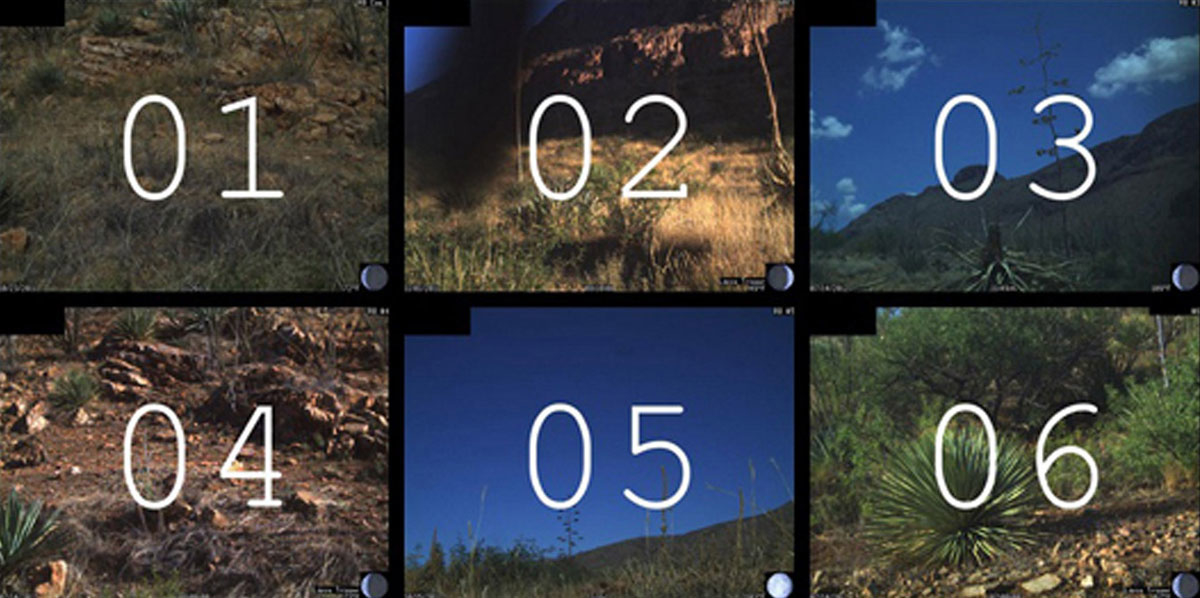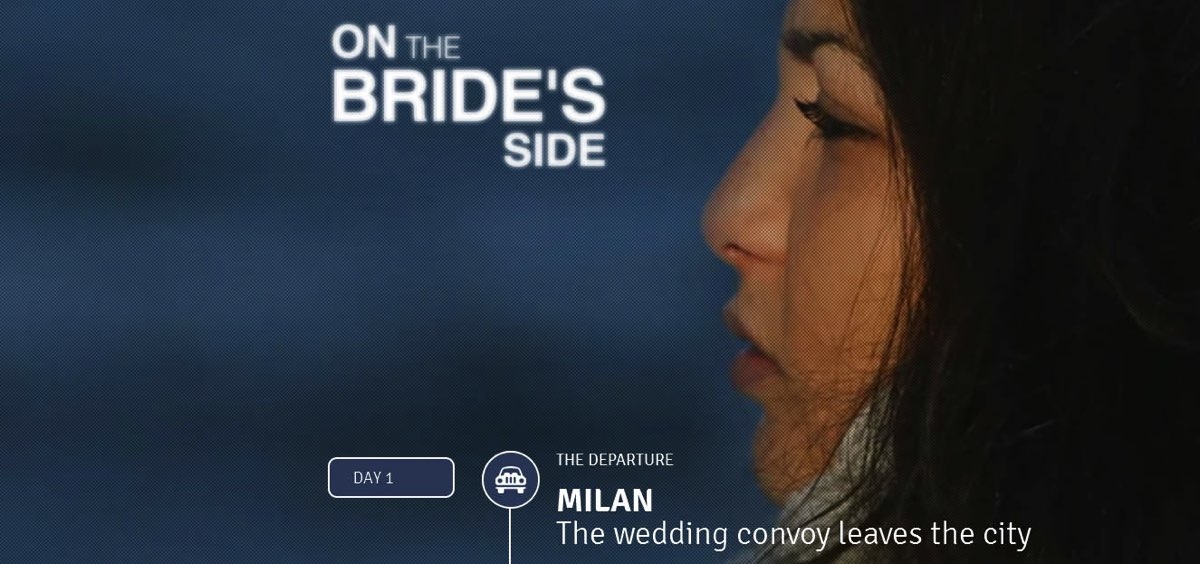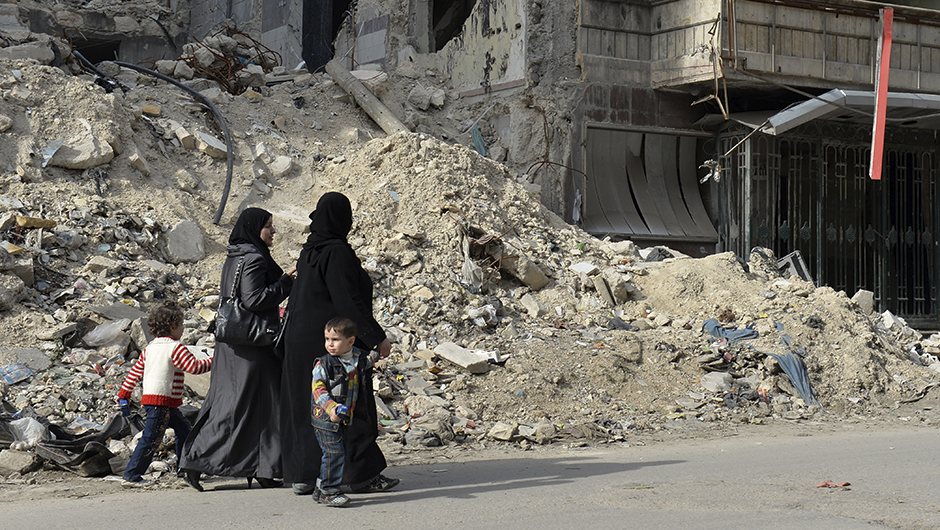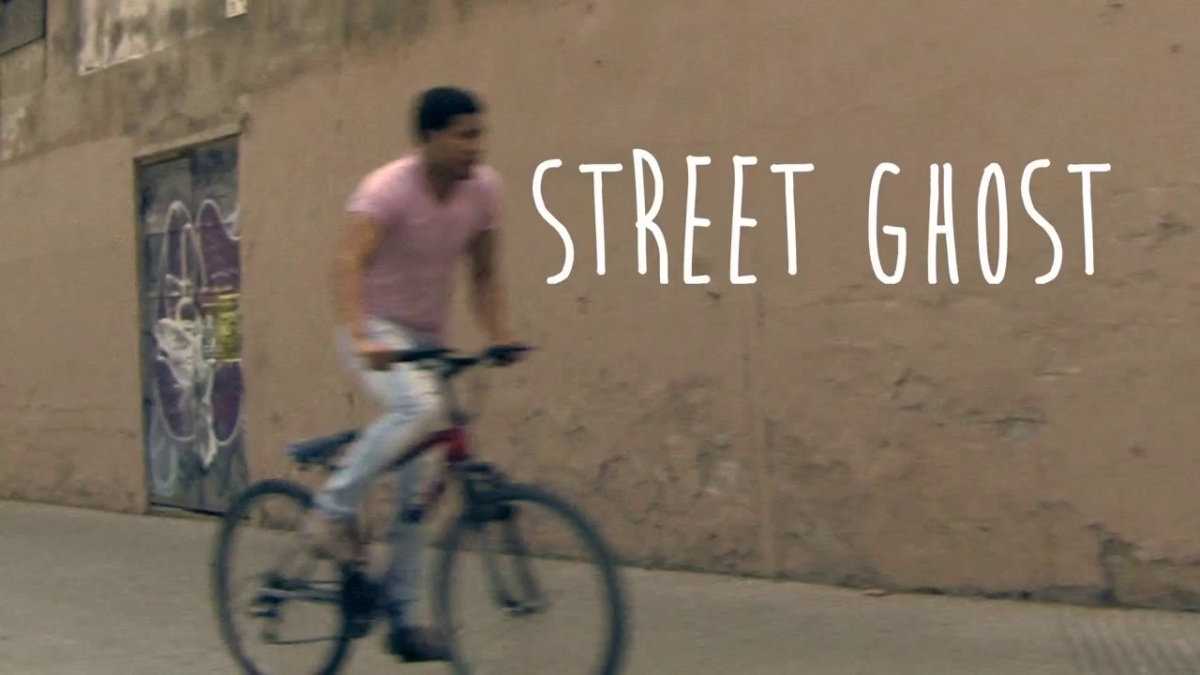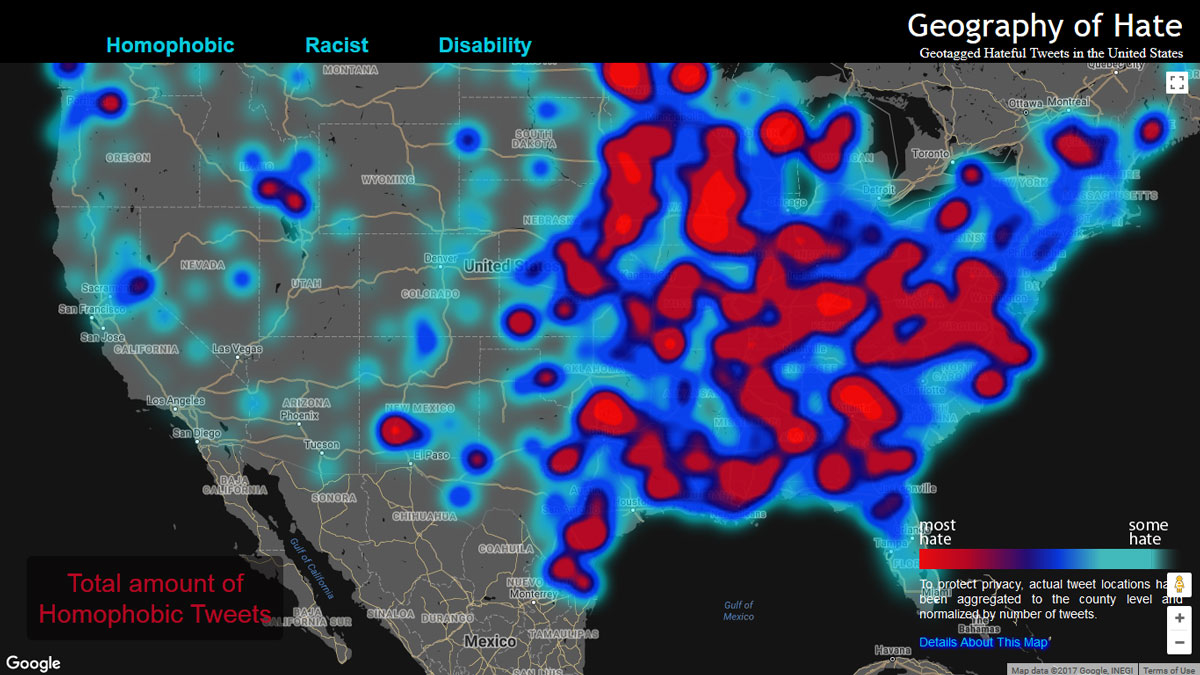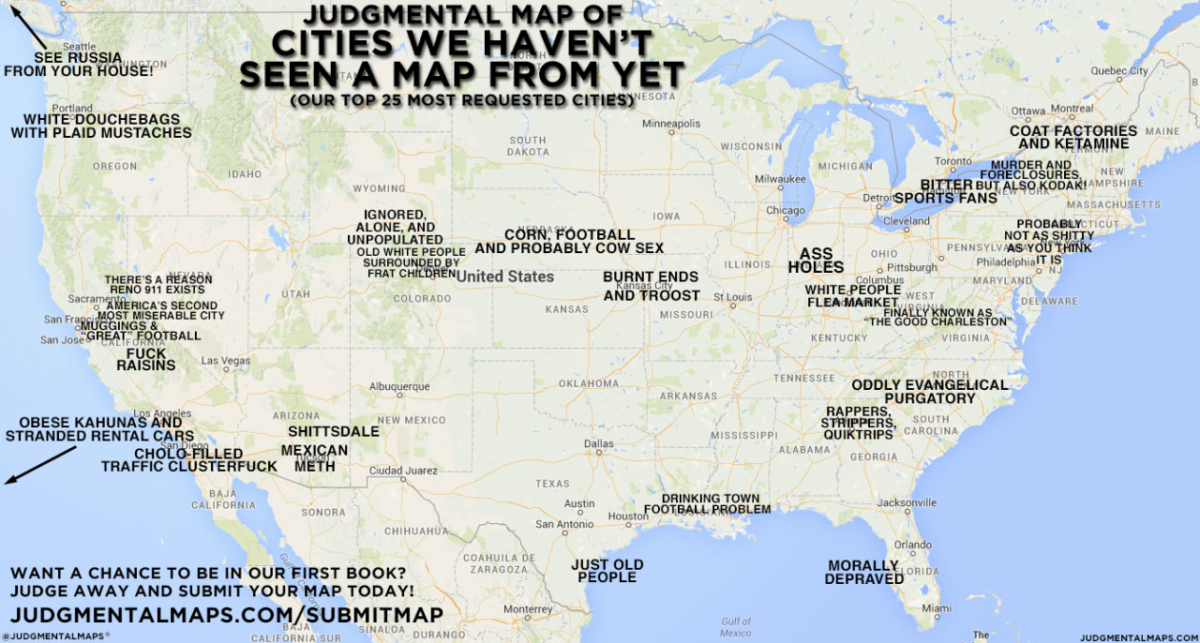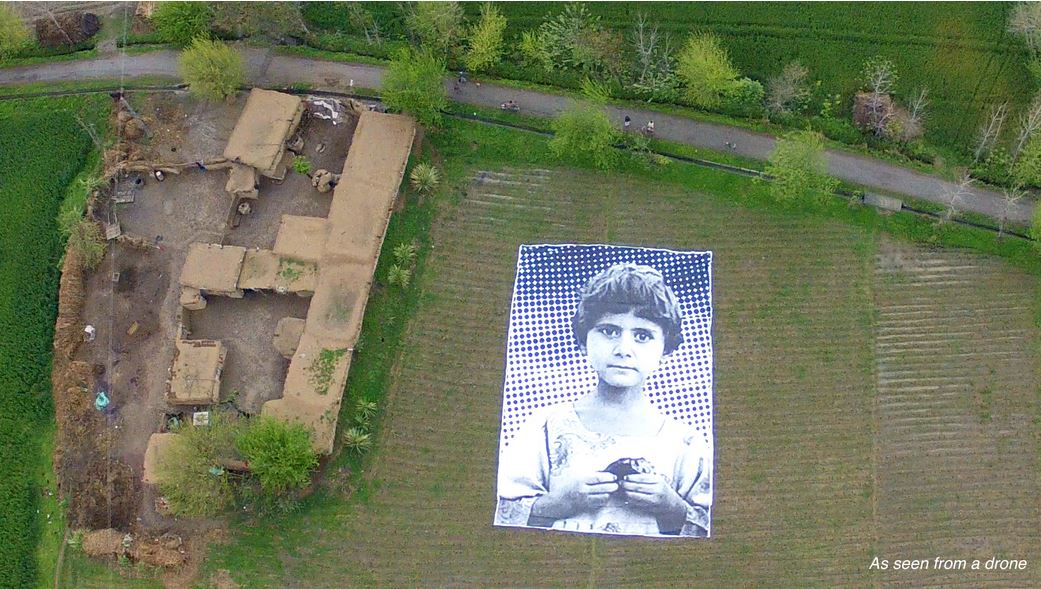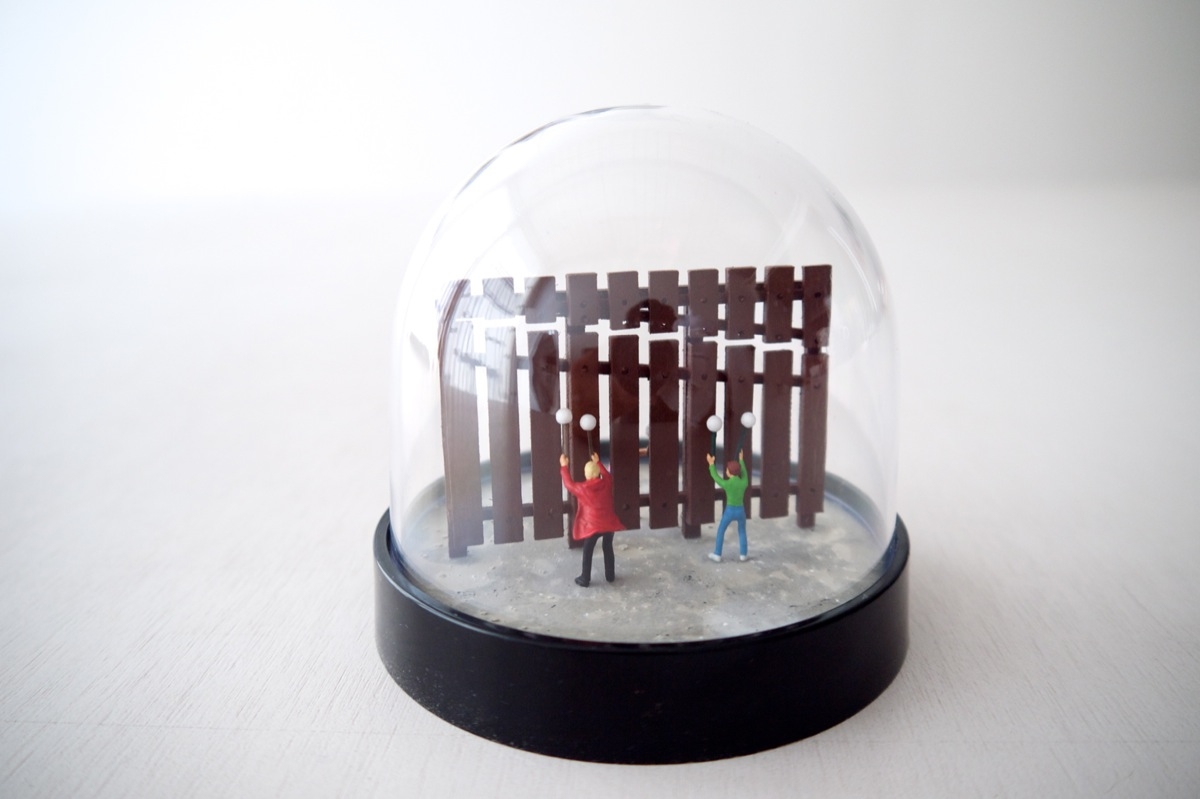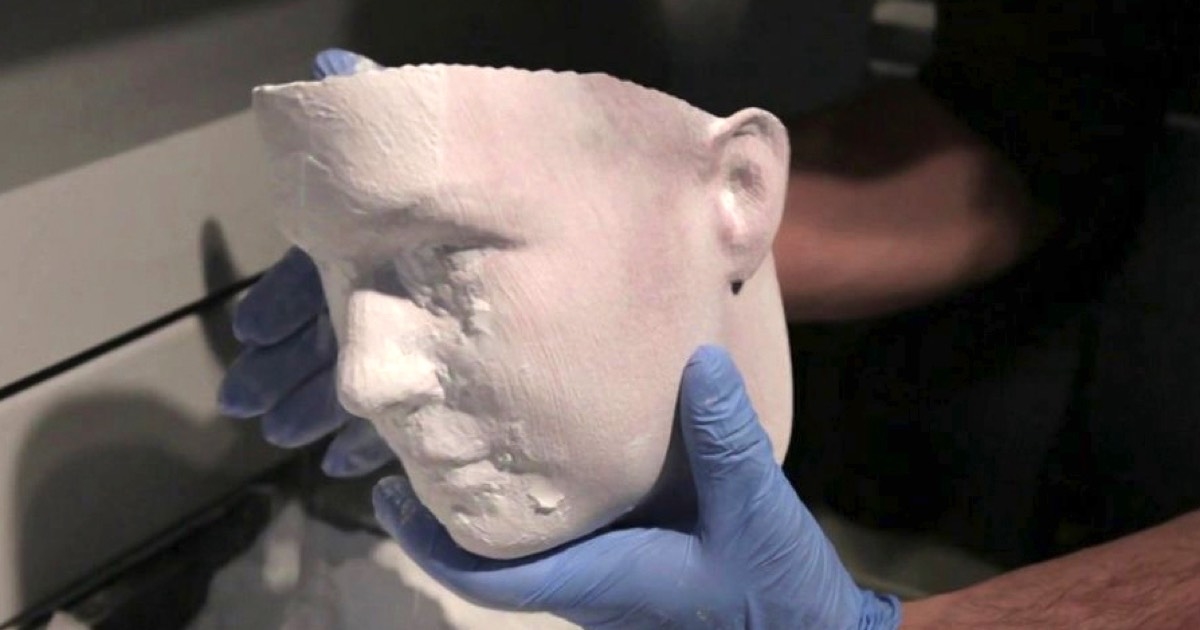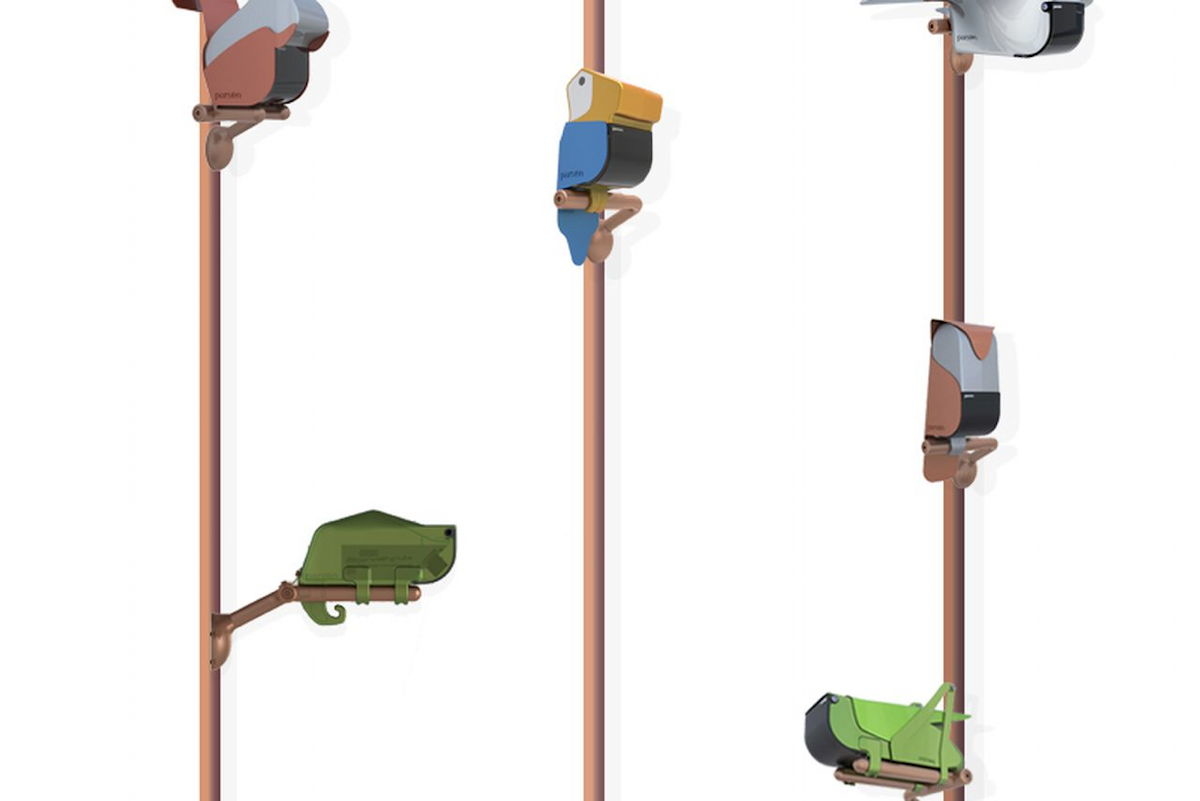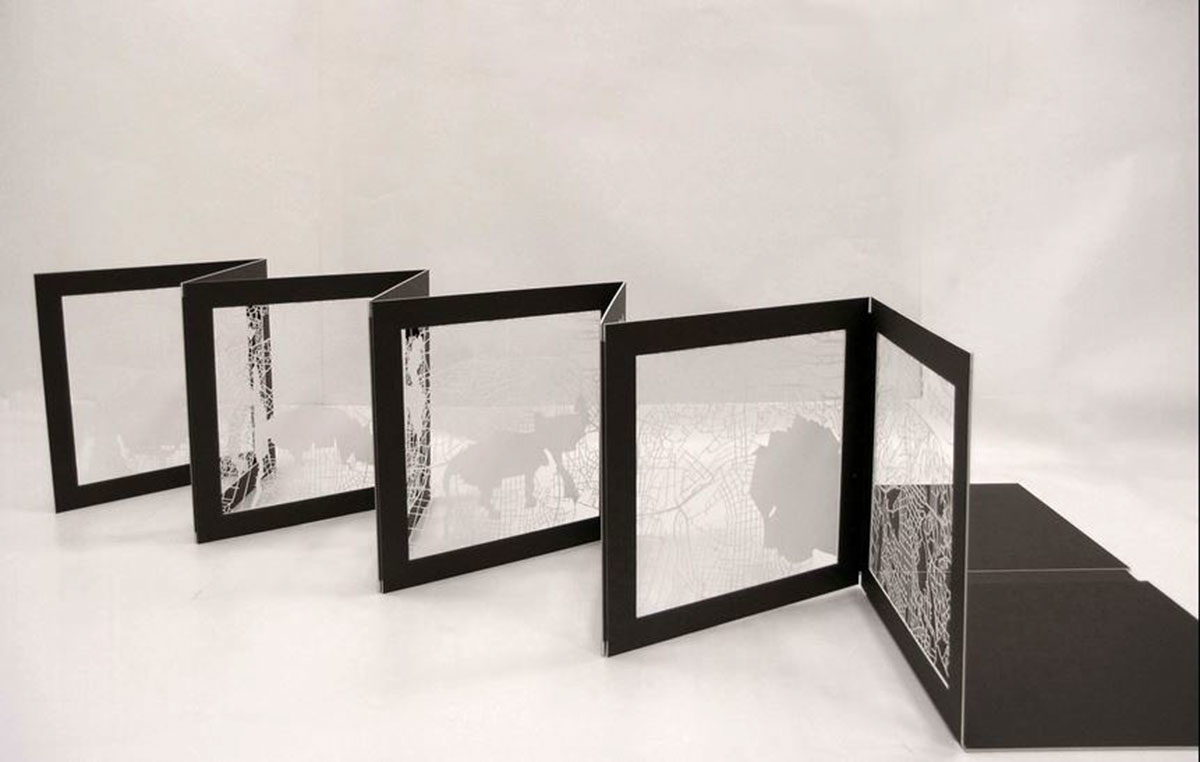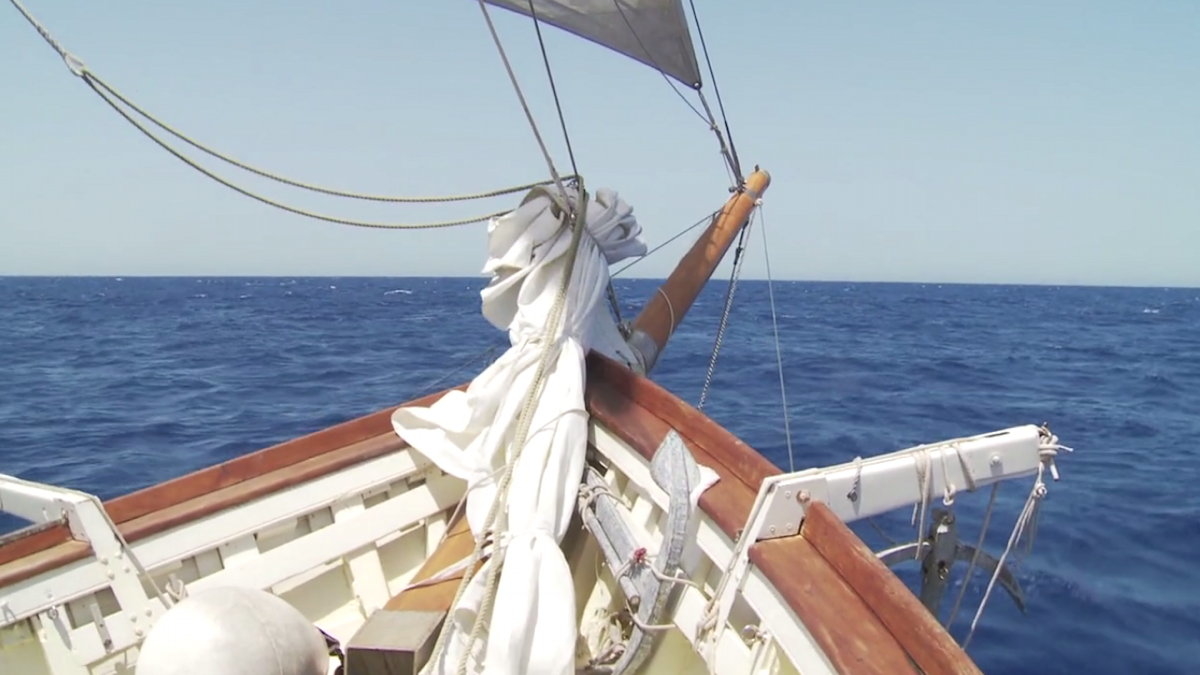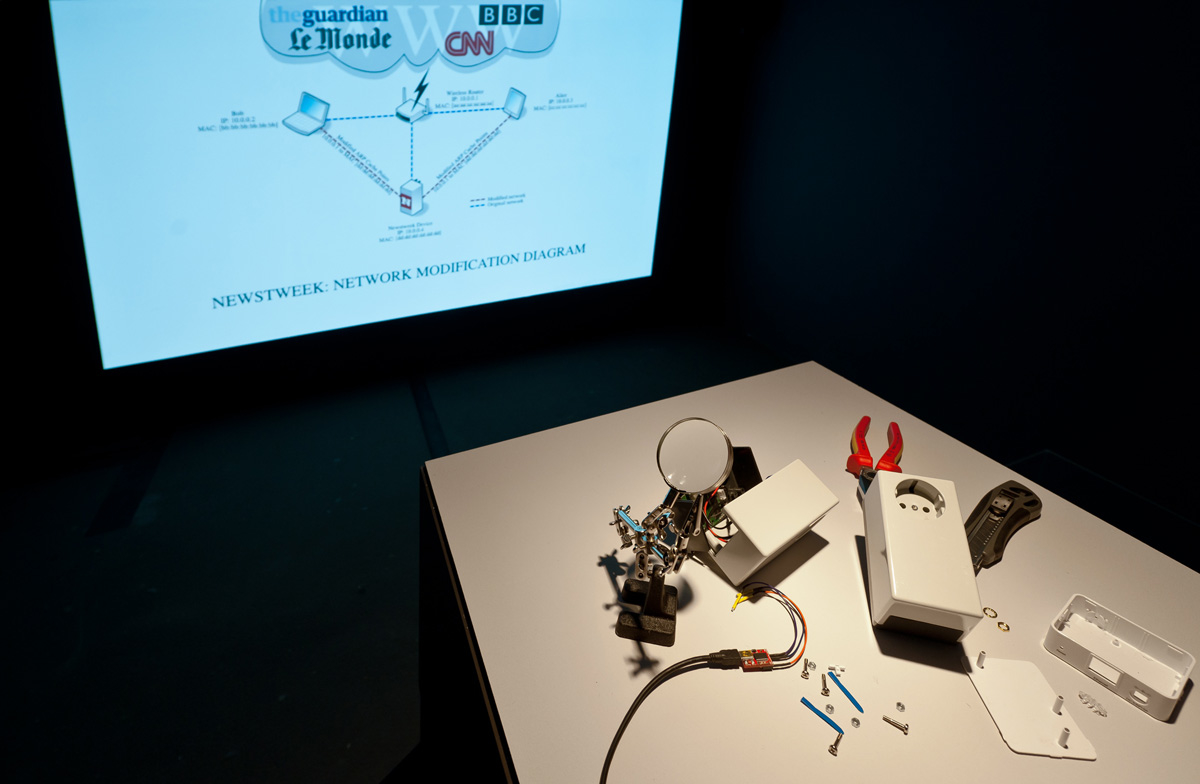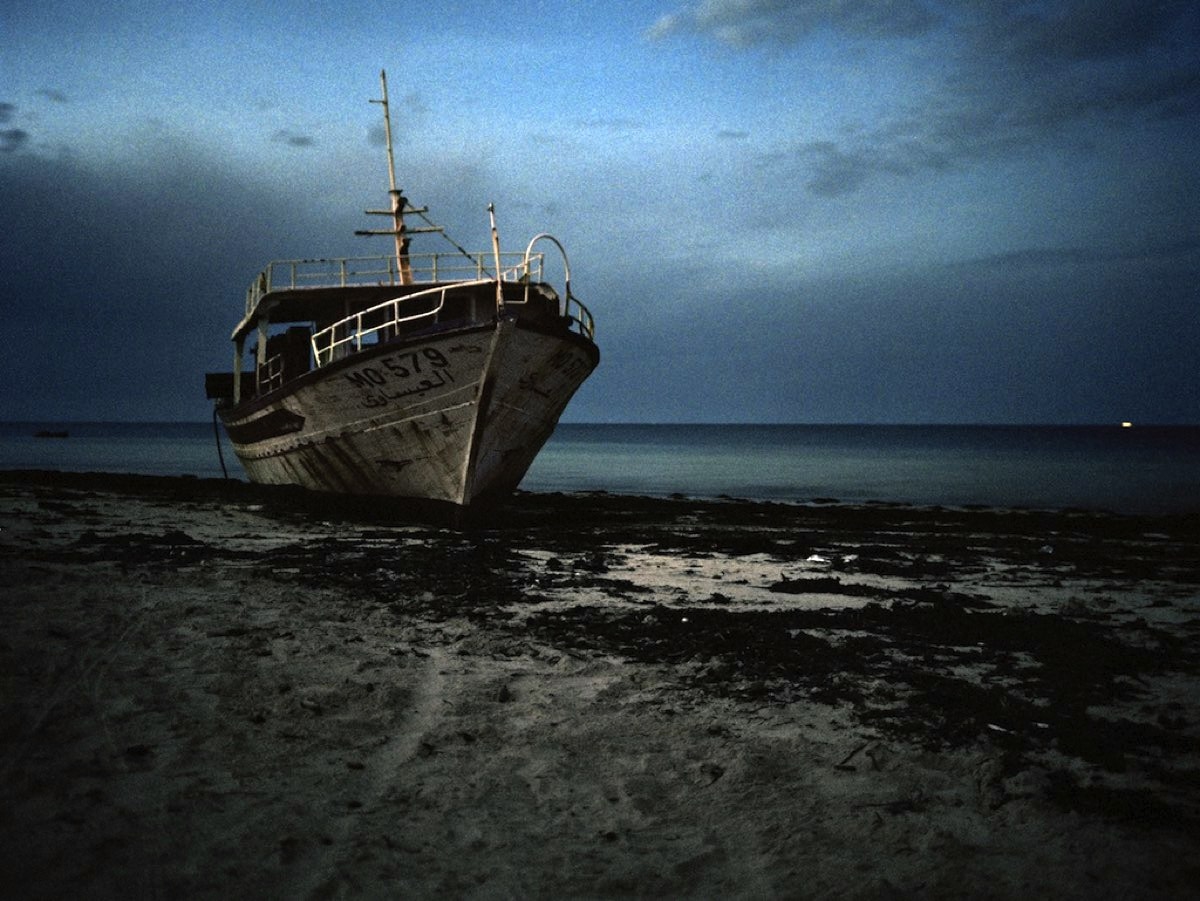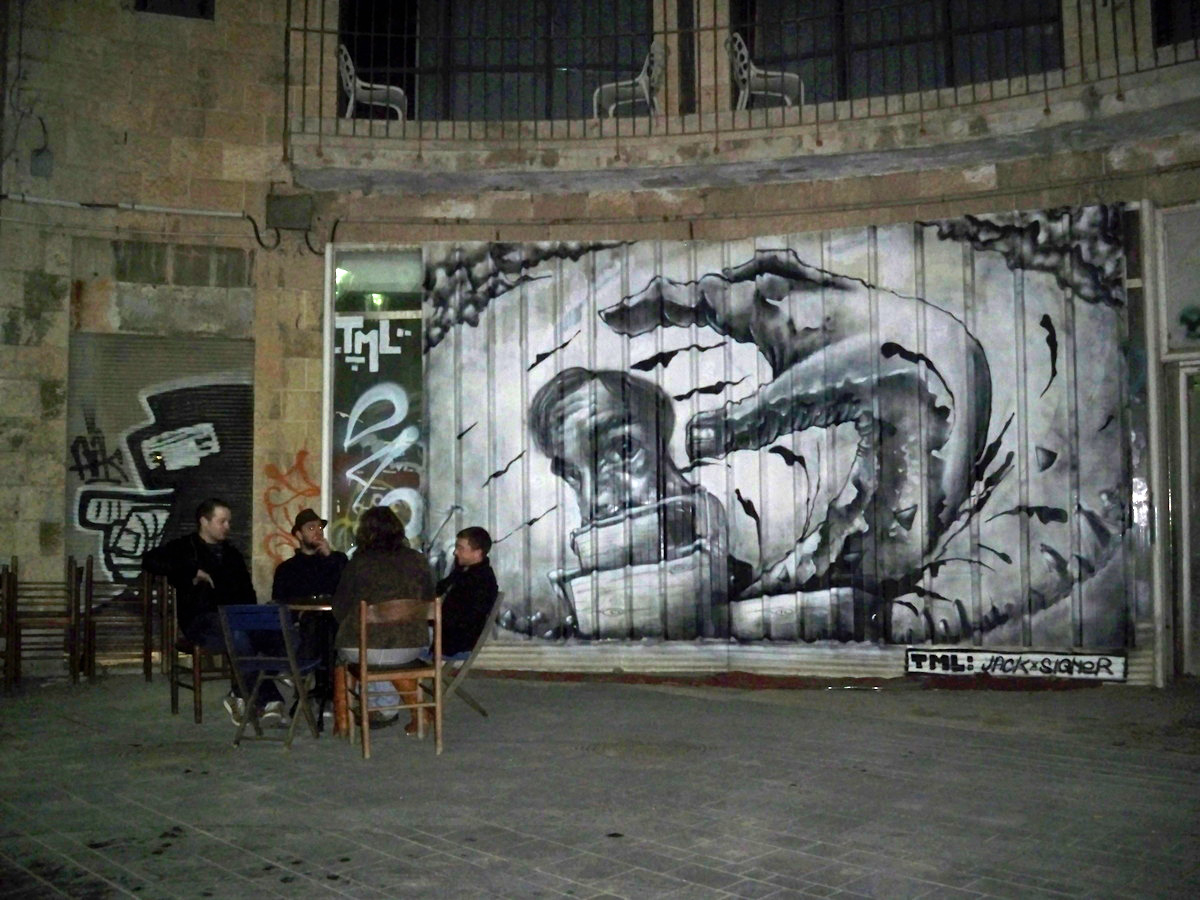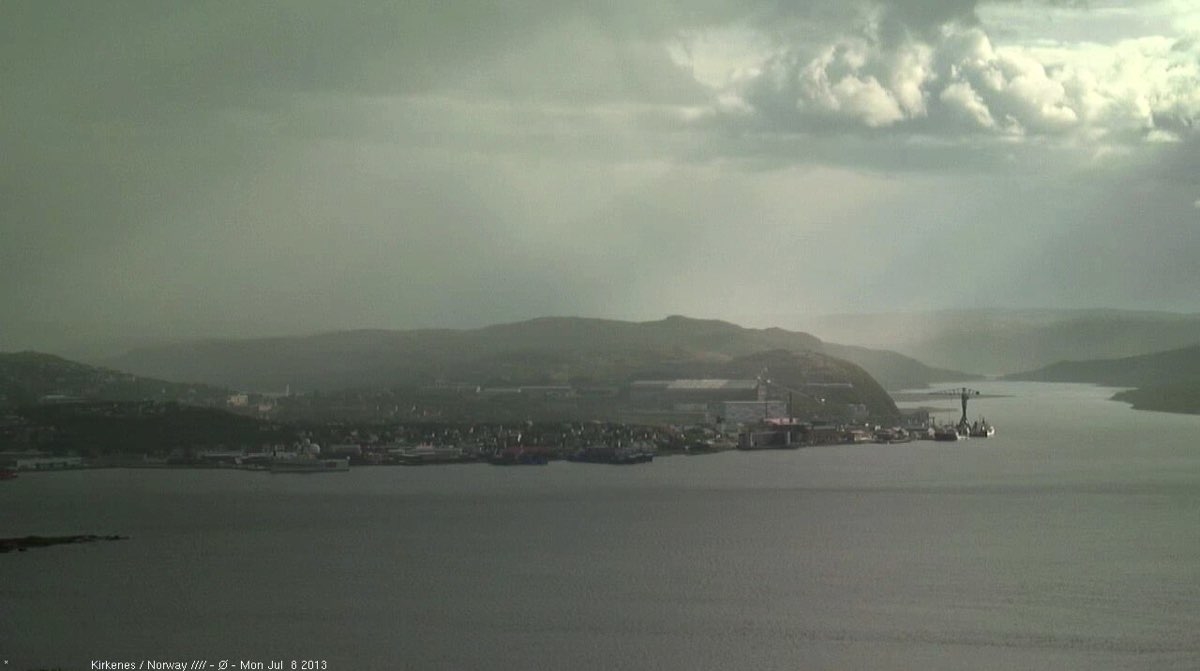Mariya Polner – WCO, Brussels
The protection of sovereignty has always been the major task of the state since its inception, along with another important function of differentiating ‘us’ from ‘them’. Thus, borders serve not only as gateways to a particular territory, but also as a manifestation of the state sovereignty. At the same time, in a globalised world where interconnectedness and integration are key dynamics influencing economic growth and social development, policymakers are increasingly realizing the need for accelerated border management regulatory reform to reduce unnecessary barriers and burdens on trade. The dilemma of balancing security (and to a certain extent, state sovereignty) and trade facilitation pushed both states and international organizations to seek for different solutions, enshrined in a whole body of newly created policies and standards.
This presentation will touch upon a small part of the overall border management ‘machinery’: border control technologies. Along with the technological progress, border agencies have been reinventing themselves, as well as the way they were operating due to the new tools used in daily operations. Therefore, tracking the development of border technologies provides an interesting insight on the functioning of the state and its policies.
